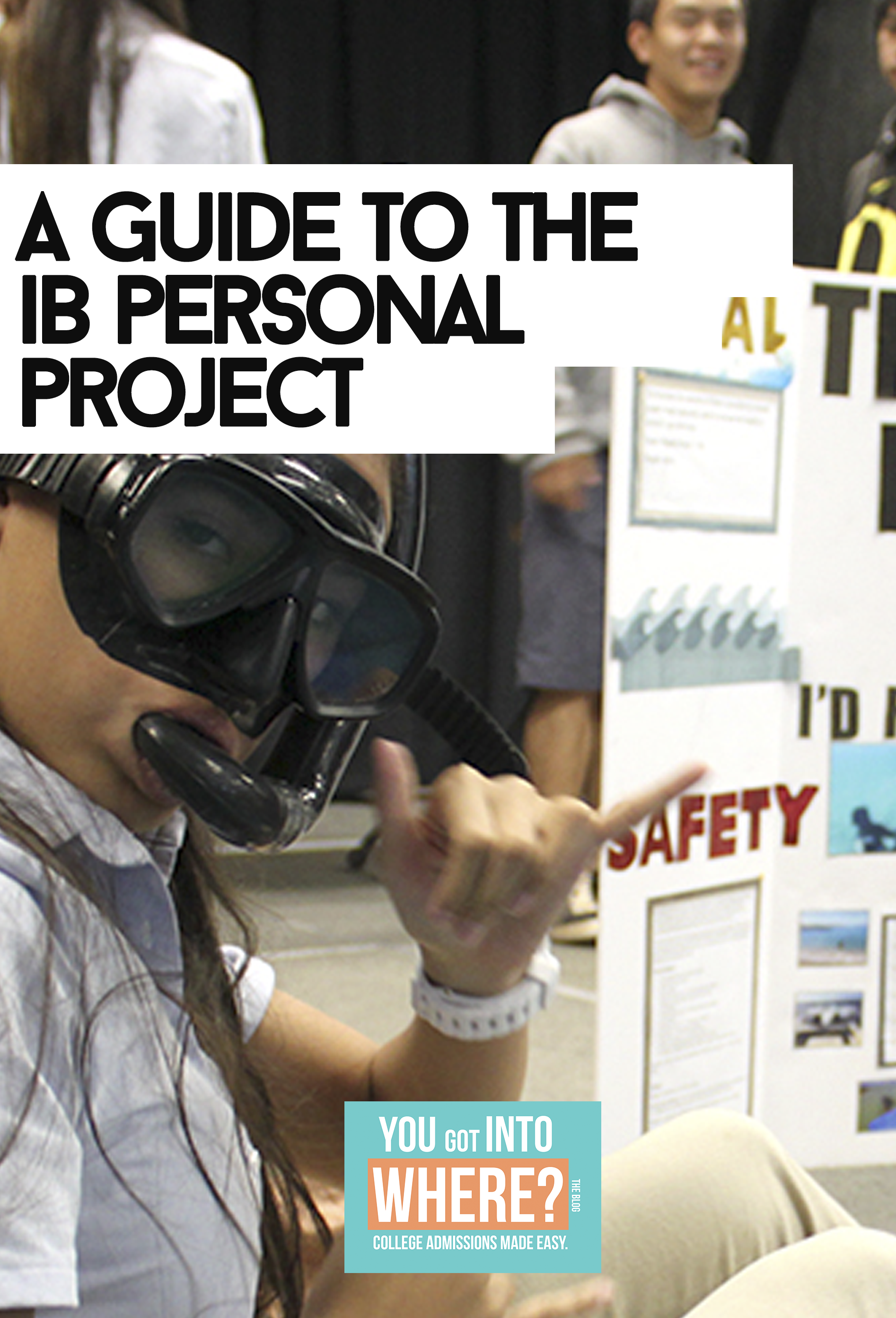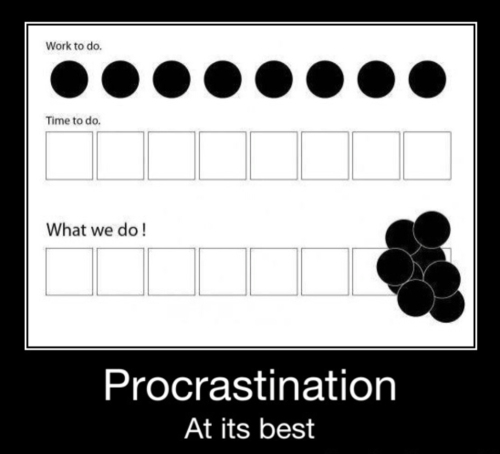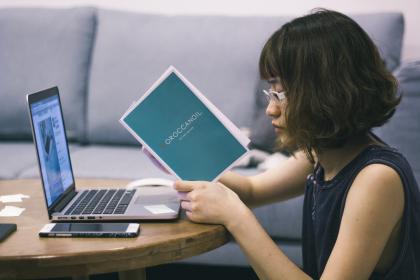How to Get Through the ACT/SAT By the End of Junior Year!
/If you were to hasten towards a graduated high school senior during their graduation party and quickly ask them about their one regret during college applications, don’t expect a hesitated answer. Almost anyone that recently went through the college admission process will give advice lines of starting something earlier, whether that’s their essays, extra-curricular activities, or getting focused in school. A quick “congratulations” and a thank you for the Target gift card you gave them, and sadly one of your only resources to learn from the best is gone. Now while you may have more follow-up questions to ask, a quick call from their parents for them to start cutting the cake leaves you alone and empty-handed with a bunch of little pieces of advice you don’t know how to execute. Until now…
Your scores on the ACT and SAT, two standardized tests required by a large majority of colleges in the United States, is one of the biggest factors in a collegiate acceptance, wait-listing, or denial in the admissions process. Since test scores, a number on a page that although easily countable to six-year old’s but is a tiring task for anyone, holds near as much weight as your grades and courses, it’s a number that you really want to perfect.
Many high schools’ recommended track for testing, which is taking your test with the school in the spring of your junior year, puts many students on a track that leaves little to no time for improvement. First generation students, the first child in a family, or anyone who’s just naive to the college admission process may fall into this trap, and may be the same senior giving a speech about starting early before quickly diving into your graduation cake.

While not having the tests scores you want not only adds stress to your junior year, it completely delays the rest of the college application process. Since your practice test scores can’t be sent to your colleges, and thus you’re practice test improvements aren’t official, you can’t create a college lists with accurate safety, match, and reach schools based off of your profile, as you don’t know if your test scores are an accurate representation of match, safety, and reach schools based off of your academic profile. This results in you either having to send in scores blindly, which no one wants to do, or not having the flexibility to apply to colleges and universities early action or early decision, both deadlines that require you to submit your application earlier than in January when most regular decision deadlines are. The timeline below is one that can (almost) guarantee all of your testing is done by the end of your junior year, allowing you to get a good amount of sleep each night.
September-December: Introduction to the testing life
The beginning of junior year is the best time to get exposure to the SAT and/or ACT, as you’ll have plenty of time to get practice tests. While some high schools and school districts have the PSAT and practice ACT requirements for their students, it’s also good to take the extra initiative and take a real version of this test on your own, to gain more exposure and experience. Once you get the scores back from the test(s) taken in these few months, you can see if your satisfied with that score if you’re going to put in some additional practice, if that means doing self-studying or private tutoring, which you can read about in the article here: https://yougotintowhere.com/2016/08/22/sat-prep-courses-what-i-learned-and-my-experience/
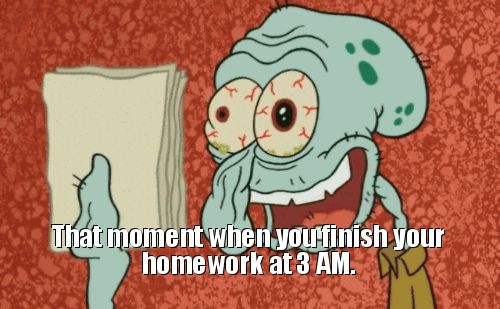
January-April: The testing grind continues
The cold and rainy months are a great time to do more work when you need it. This is the time to have the work ethic push you did in the fall and beginning of Christmas months show in the scores for the tests for these months. You can either schedule the test on your own, wait until you take the test with your school, or both. Just make sure you pace out when you take each tests so you can balance out your school work, extra-curricular activities, and everything else you have going on.
If after your extra studying, you found that you found your score didn’t move as much as you would’ve liked, this is a great time to possibly take the SAT instead of your normal go-to of the ACT (or vice versa) to see if you do better on one than the other naturally. You may find one test easier than the other, and thus find improving your score easier to do as well. At this point, you could’ve taken full length practice and/or real exams upwards to four times, which will hopefully have you at the score that you’d like.
May: AP Season
If you are taking AP classes, and are taking the exam, May is the one month you want to take a break on the SAT and/or ACT and focus on AP exams. While AP exams are heavily rumored to not have near as much weight as your regular test scores, it’s important to make sure you focus on AP exams if you're already registered for them, as they do cost a lot of money per exam.
June: The Last Attempt-SAT subject tests and the last time taking the SAT/ACT
Some more selective colleges either recommend or require SAT subject tests also known as SAT IIs. These tests are one hour exams on one specific subjects. SAT subject tests are offered in a myriad of foreign languages, US and World History, two levels of math, English literature, biology, chemistry, and physics. You can take three of these subject tests on the same date.
I found the easiest way to end the school year stress free and to not worry about these exams is to take the subject tests in the corresponding honors, or AP and IB courses as applicable. So if you took AP Spanish and Honors English Lit during your junior year, and studied hard for the AP exam and the final exam at school, you’ll be more than ready than the subject test in June.
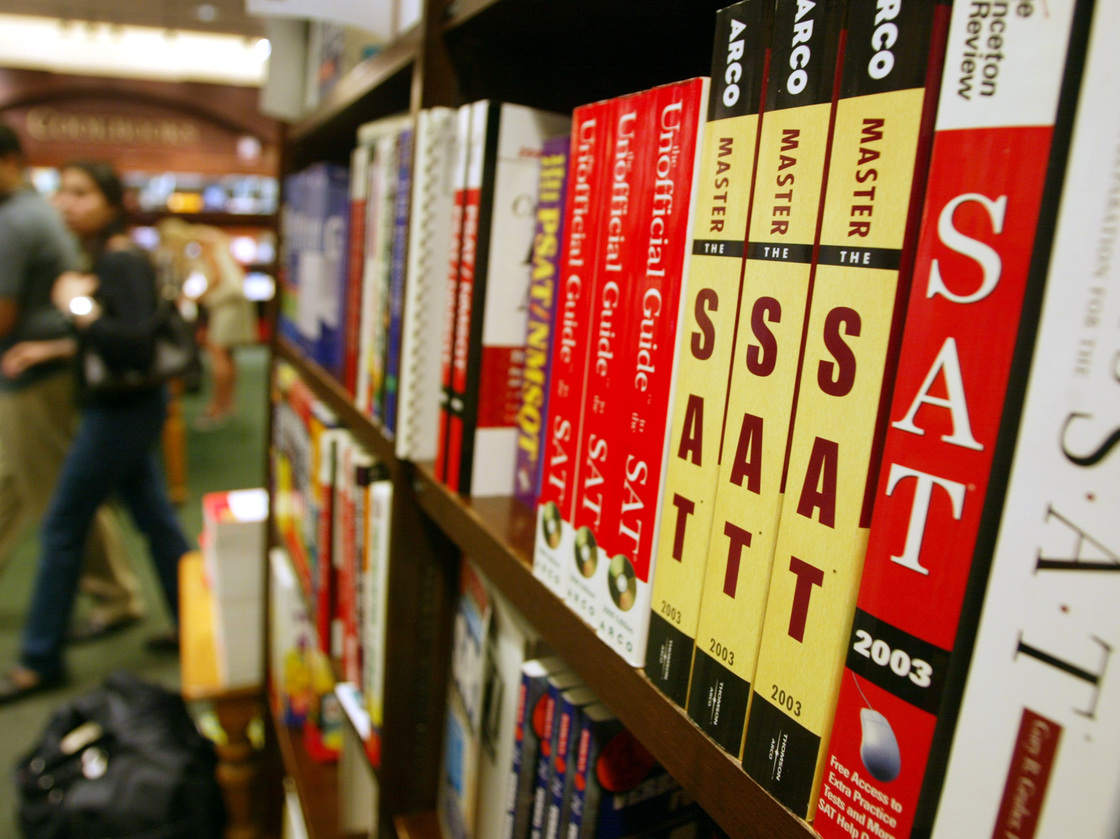
They’re a plethora of colleges, including but not limited to Duke, the eight colleges in the Ivy League, Northwestern, and the University of Michigan, that require or recommend two SAT Subject tests. It’s important to check with the schools you may have slight interest in to see if they recommend or require them, so you can sign up! To check your testing schedule availability and registration dates, click here: https://collegereadiness.collegeboard.org/sat-subject-tests/register/test-dates-deadlines
Standardized testing is one of the most stressed portions of the college admission process. With much weight that it can hold in your acceptance, or how adding one point to a score can be the difference between a half and whole tuition to your dream school, you want to be able to have the best shot as anyone else. This timeline allows just that, with a schedule that gives you many opportunities to improve your score to your maximum potential!


